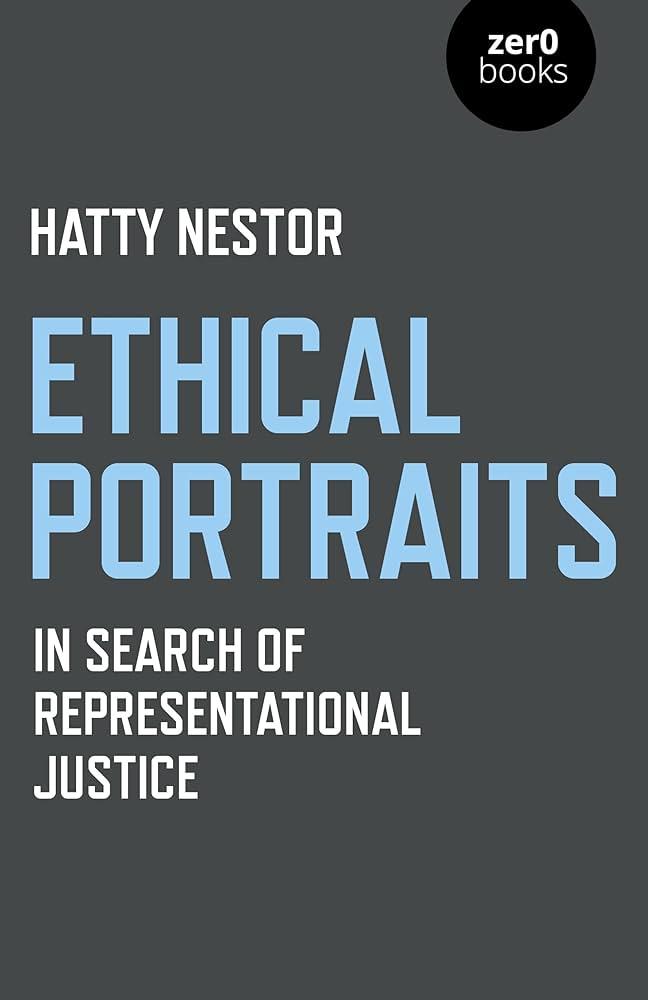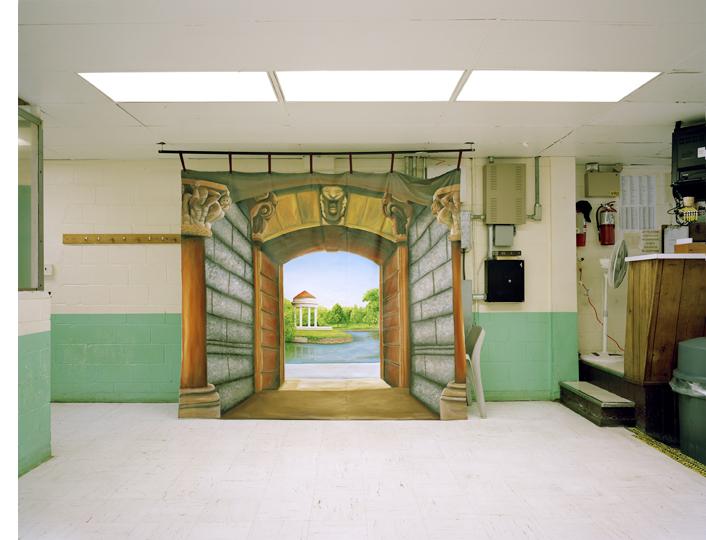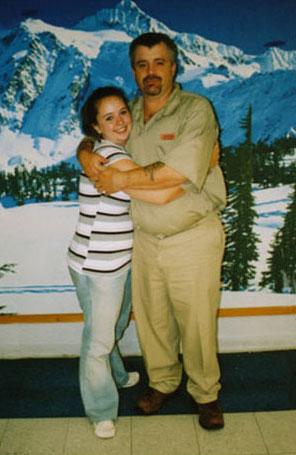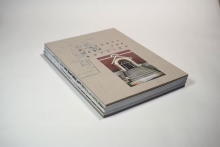
As part of our Just Portrayal Series, Aliza Keegan, DDS Media Equipment Assistant at Tisch Library, explores Representational Justice through resources available through Tisch Library.
“[S]ince their conception shortly after the invention of photography in 1840, mugshots became a form of representation employed solely for identification purposes within the legal system. This form of portrait-making strips prisoners of their individuality. It is inherently dehumanizing because the subjects of mugshots have their representational liberty removed. The widespread distribution of mugshots in the media perpetuates the racial bias of attributing certain groups to criminal behaviour [and] generates a punitive representation of shaming and arrest. “-Hatty Nestor, Author of Ethical Portraits “In Search of Representational Justice”
When examining the role of Representational Justice in combatting the criminal justice system's long history of subjugation, one must consider how to ethically produce portraits in a system that is deliberately unethical.
Historically, photography and other forms of media have been purposely used to strip incarcerated individuals of their autonomy, reducing them to a stereotype which has been created through decades of sensationalized representations of crime and punishment.
Representational Justice is an inherently holistic process; it cannot be done without acknowledging the media's role in perpetuating the marginalization of those affected by the criminal justice system.
To truly use photography and other forms of artistic representation to work towards carceral justice, one must therefor hold the intention of humanizing, rather than objectifying, the subjects of their portrait by honoring the unique perspectives and contexts of each individual.

IN PRACTICE
Artist: Alyse Emdur
Project: Prison Landscapes
One way to truly honor the importance of ethics in portrait making is by centering the voices of the subjects by directly including them in the art-making process.
In her project titled Prison Landscapes, Alyse Emdur doesn't merely acknowledge these perspectives, but gives incarcerated individuals the unfortunately rare opportunity to have authority over how they self-represent. The backdrops serve as a kind of escapism, allowing incarcerated individuals to represent themselves outside of prison and break away from an oversimplified, imposed identity which negates a sense of individuality, allowing them to dictate how they are perceived.

Excerpt from “Pictures from the Outside”

In addition to self-representation, the depiction of space is equally as important when working towards representational justice. Chantal Zakari, a professor-of-the-practice at the SMFA, gives an example of how this can be done in her project titled Pictures from the Outside. In this book, she captured places of importance for the students in her TUPIT course taught inside MCI-Concord, a medium security prison in Concord, Massachusetts. By including these landscapes in her student’s narratives, the context of environmental factors is included in the narrative surrounding incarcerated individuals, expanding the narrow view of causation typically represented in popular media and shedding a light on systematic failures that feed into the carceral system.
Learn more about this resource
Ethical Portraits investigates the representation of the incarcerated in the United States criminal justice system, and the state’s failure to represent those incarcerated humanely. Through wide-ranging interviews and creative nonfiction, Hatty Nestor deconstructs the different roles of prison portraiture, such as in courtroom sketches, DNA profiling, and the incarceration of Chelsea Manning.

Ethical Portraits investigates the representation of the incarcerated in the United States criminal justice system, and the state’s failure to represent those incarcerated humanely. Through wide-ranging interviews and creative nonfiction, Hatty Nestor deconstructs the different roles of prison portraiture, such as in courtroom sketches, DNA profiling, and the incarceration of Chelsea Manning.

"In Prison Landscapes artist Alyse Emdur (born 1983) presents over 100 photographs of prison inmates presenting themselves in front of the idealized landscapes of painted visiting-room backdrops, posing with their visitors and pretending, for a moment, that they are elsewhere." - from publisher

"The San Quentin Project collects a largely unseen visual record of daily life inside one of America's oldest and largest prisons, demonstrating how this archive of the state is now being used to teach visual literacy and process the experience of incarceration." - from publisher

"Thirteen incarcerated men were asked if they would like to have a photograph of a place from the outside. Upon receiving the photos, the men responded with a reflective piece of writing varying from childhood memory to epic fantasy" -- title page verso.